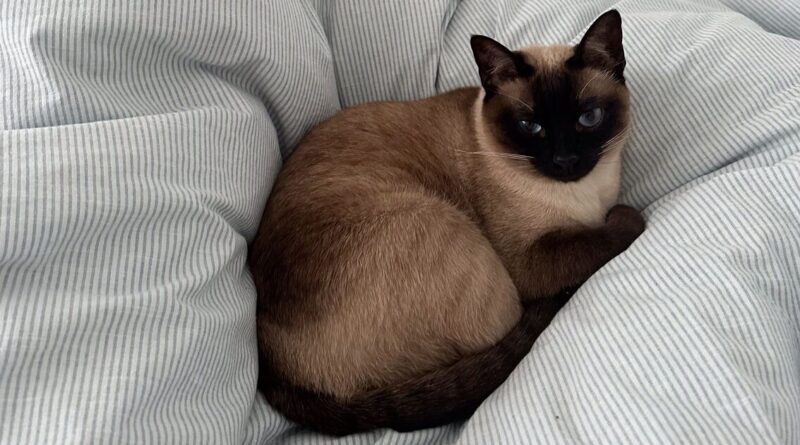Cat behaviourist shares lifestyle change that calms pets
There’s a simple change you should make to your lifestyle that could make your cat less anxious.
Cats can be skittish pets, and it’s not uncommon for them to be described as “aloof” or even “moody” by their owners because of the time they like to spend by themselves. But sometimes, cats can be more than a little apprehensive around people.
Some cats, especially ones that have been recently adopted and brought into a new home, can be nervous and anxious about their environment and the people in it. You might find them hiding under your bed, tucked behind the sofa, or finding any other small space to curl up into.
This behaviour can be alarming to pet owners. After all, we never want to do anything that actively causes our furry friends discomfort, and having our cats run and hide from us can make us feel guilty.
But according to one cat behaviour specialist, there is something we can do to make our pets feel more at ease.
Amanda Campion, a clinical cat behaviourist, shared a video on TikTok in which she said there’s a simple lifestyle change people must make if they want their cats to feel safe at home.
Her advice? You must have a routine.
She explained: “Anxious cats need the predictability of a routine. This helps make them feel secure. I very often go on about the predictability of a routine in a cat’s life, but that is everything to them. What we just take for granted is what underpins the whole of their social wellbeing and welfare.
“Start off by providing them with a predictable, safe, and quiet routine. Avoid any sudden movements and loud noises, and always let them approach you on their terms.”
Amanda added that nervous cats should still be allowed to be independent. This means you shouldn’t keep going up to them if they don’t want attention, and shouldn’t try to rush the process of getting them settled.
She also recommended placing a hiding spot, such as a cardboard box, down for your cat to use, and always speaking to them in a slow and calm voice. If you are going to approach your cat, you should do so by crouching down or even sitting on the floor, as it makes you appear less threatening.
Commenters on the video thanked Amanda for her advice, with many saying they either already follow many of her tips or will start implementing them at home as soon as possible.
One person said: “Without knowing, I do all of this and it works.” Another added: “Great information, thank you.”
How to tell if a cat is nervous or afraid
According to the PDSA, it can sometimes be hard to tell if your cat is feeling nervous or scared. You might not see their first reaction when something scares them, so it’s important to look for signs of the end result, which often involves hiding.
Some signs to look out for include:
- Freezing in place or making themselves small by crouching low to the ground and lowering their head
- Running away
- Hiding
- Arching their back and puffing up their fur
- Wide eyes with big pupils that look like ovals or circles
- Tucking their tail under them or swishing the tip quickly side to side
- Moving their ears quickly (as they try to listen) or flattening their ears close to their head
- Hissing or spitting
- Scratching or biting
- Peeing or pooing outside their litter tray.
What to do when your cat is nervous or scared
If you know your cat has been spooked by something you can control, you should aim to remove the cause of their fear. This won’t always be possible, but it can stop their fear from getting worse.
Like Amanda, the PDSA recommends giving your cat a set routine. This involves feeding them at the same time each day and setting aside some time to play with them or pet them if they’re willing.
They also suggest trying a pheromone plug-in device that can help your cat feel at ease. The PDSA states that if your cat is afraid or anxious, you should contact your vet as soon as possible, as fears tend to get worse over time.
For more information, visit the PDSA website.





